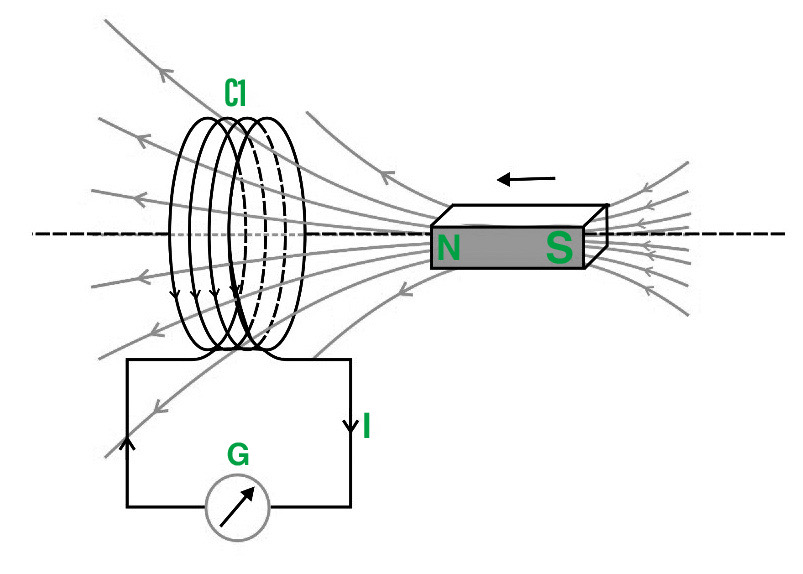Abstract: This article will introduce the Electromagnetic flow meter working principle from components, magnetic field, voltage measurement, and so on.
An electromagnetic Flow Meter (EMF) is an advanced instrument commonly used to measure the flow of conductive liquids. Its working principle is based on Faraday’s law of electromagnetic induction. Let’s take a closer look at how an electromagnetic flowmeter works:

1. Faraday’s principle of electromagnetic induction:
Faraday’s principle of electromagnetic induction states that when a conductive liquid passes through a magnetic field, the charges in the liquid will be acted upon by a force, producing an electromotive force. This electromotive force is proportional to the flow rate of the liquid. In electromagnetic flowmeters, this principle is used to measure the flow rate of liquids.

2. Equipment composition:
Electromagnetic flowmeters usually consist of the following main components:
Magnetic Field Generator: Typically, a coil or permanent magnet is used to generate a magnetic field as fluid flows through a pipe.
Measuring pipe: A pipe through which liquid passes, usually made of electrically conductive material.
Sensor: An electrode mounted on a pipe that measures voltage signals in the pipe.
3. Effect of magnetic field:
As the liquid flows through the pipe, the magnetic field generator creates a uniform magnetic field around the pipe. The charges in the conductive liquid are driven by force under the action of the magnetic field, thereby generating an induced electromotive force.

4. Voltage measurement:
Electromagnetic flowmeters determine liquid flow rates by measuring voltage signals in pipes via electrodes. The liquid flow rate is proportional to the voltage signal generated, so the flow rate can be calculated by measuring the voltage signal.
5. Accuracy and Calibration:
To ensure accuracy, electromagnetic flowmeters often need to be calibrated. The calibration process involves correlating the flow rate with the resulting voltage signal and adjusting it based on the characteristics of the pipe and other factors to ensure accurate flow measurements.
Electromagnetic flowmeters measure the induced electromotive force in a liquid to determine the flow rate by utilizing the Faraday principle of electromagnetic induction. Their working principle is simple, stable, and highly accurate, so they are widely used in various industrial applications. Electromagnetic flowmeters provide us with a reliable method to measure the flow of conductive liquids and play an important role in industrial production.
MV/HV switchgear monitoring is the process of continuously monitoring and analyzing the performance and condition of medium and high-voltage electrical switchgear. Switchgear plays a vital role in power distribution and transmission and is a key component in ensuring the reliability and safety of the power system. Monitoring these assets is critical to maintaining operational efficiency, preventing failures and reducing downtime.
Benefits of MV/HV switchgear monitoring:
Improved reliability: Continuous monitoring helps detect anomalies or degradation in switchgear components early, reducing the risk of sudden failures and power outages.
Optimized maintenance: Predictive maintenance based on real-time data helps optimize maintenance planning and resource allocation. Maintenance activities can be proactively planned, minimizing downtime and reducing overall maintenance costs.
Improved safety: Remote monitoring of switchgear conditions reduces the need for manual inspections in hazardous environments and increases personnel safety.






